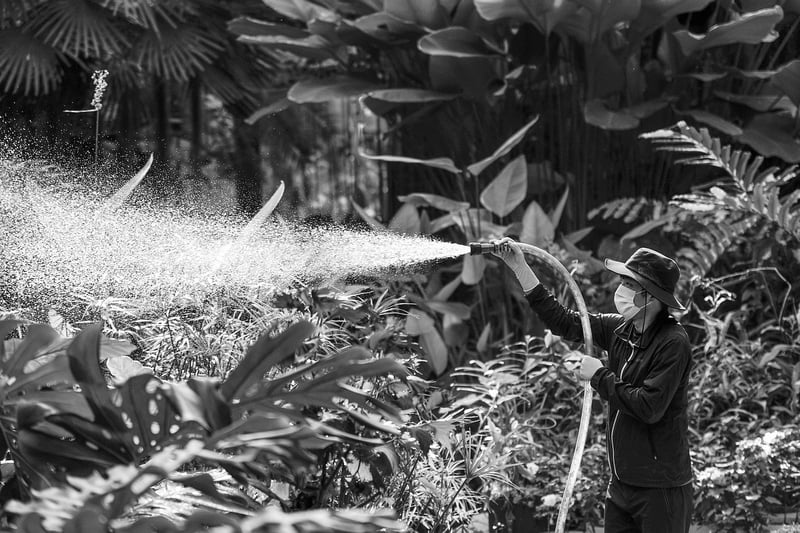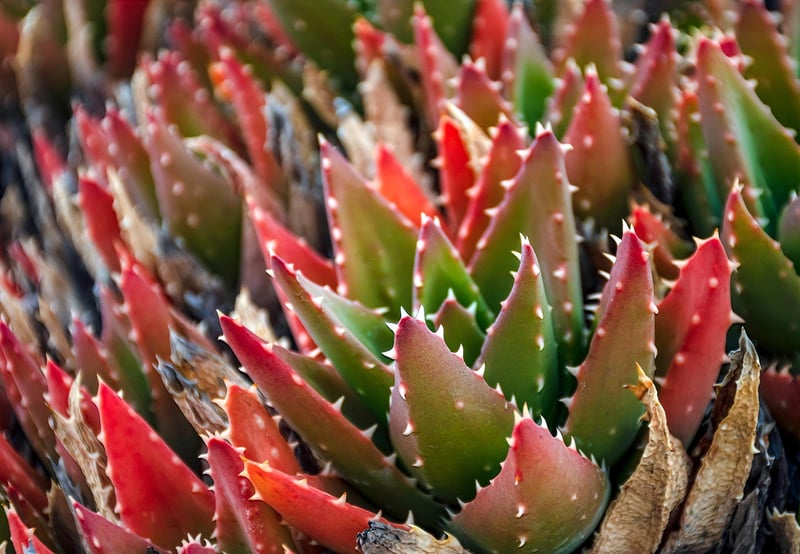Overwatering vs Underwatering
Dealing with Gardening Challenges: Overwatering vs Underwatering
Gardening can be a rewarding and relaxing hobby, but it comes with its fair share of challenges. Two common issues that gardeners often face are overwatering and underwatering their plants. Understanding the differences between the two and how to address them is crucial for maintaining a healthy and thriving garden.
Overwatering:
Overwatering is one of the most common mistakes gardeners make. When plants receive more water than they need, it can lead to a variety of problems such as root rot, fungal diseases, and nutrient deficiencies. Signs of overwatering include yellowing leaves, wilting, and a waterlogged soil texture.

To prevent overwatering, make sure to:
- Water plants only when the top inch of soil is dry
- Use well-draining soil and pots with drainage holes
- Avoid leaving plants in standing water
- Adjust watering frequency based on plant type and environmental conditions
Underwatering:
On the other hand, underwatering can also harm plants by depriving them of essential moisture and nutrients. Symptoms of underwatering include dry, crispy leaves, slow growth, and wilting. In severe cases, plants may go dormant or die.

To avoid underwatering, consider the following tips:
- Establish a regular watering schedule based on plant needs
- Check the moisture levels in the soil regularly
- Water plants thoroughly when needed, ensuring water reaches the roots
- Consider using mulch to retain moisture in the soil
By being mindful of the signs of overwatering and underwatering, and taking proactive measures to address these issues, you can help your garden thrive and flourish. Remember that each plant has unique watering requirements, so observe and adjust your watering practices accordingly for optimal growth.
Happy gardening!
